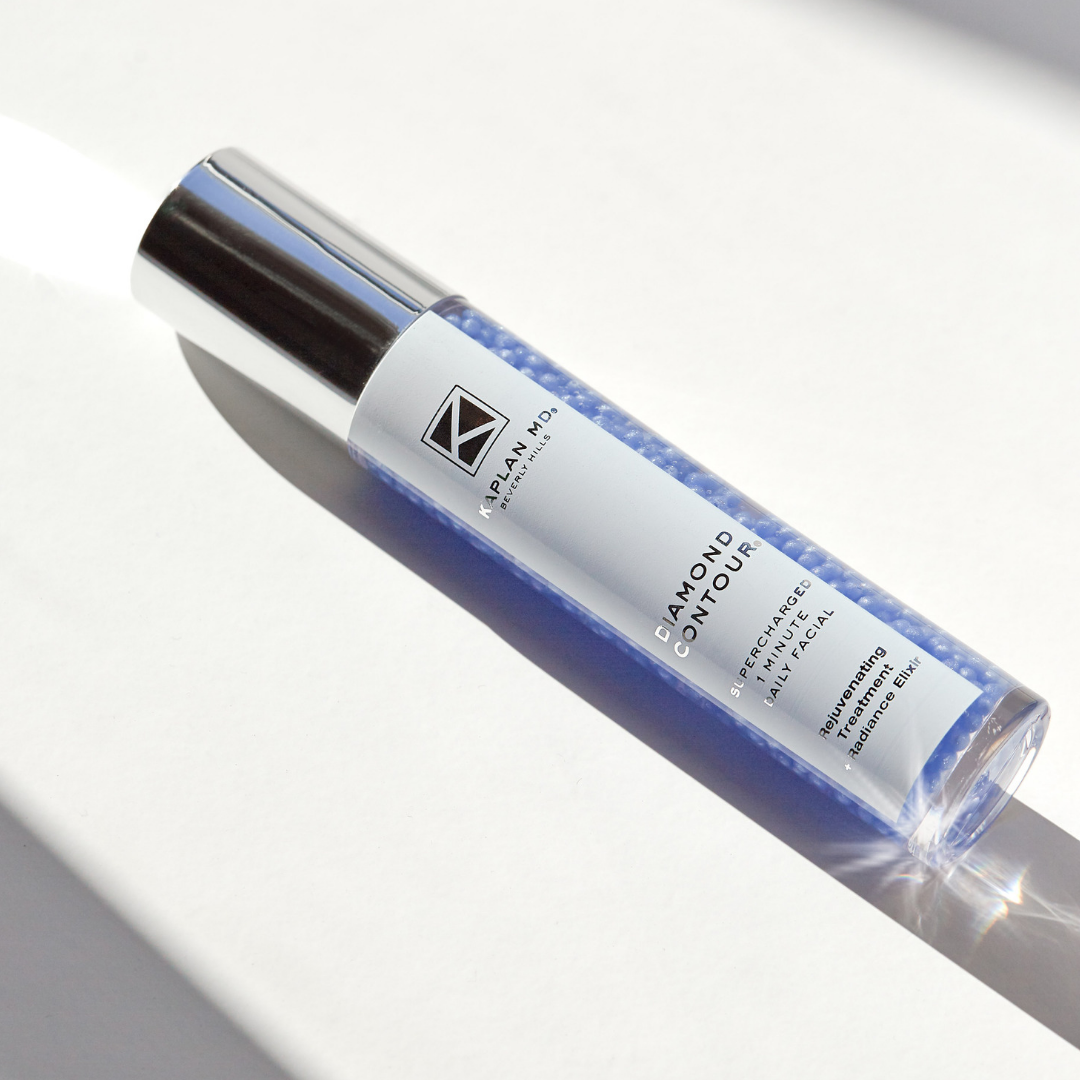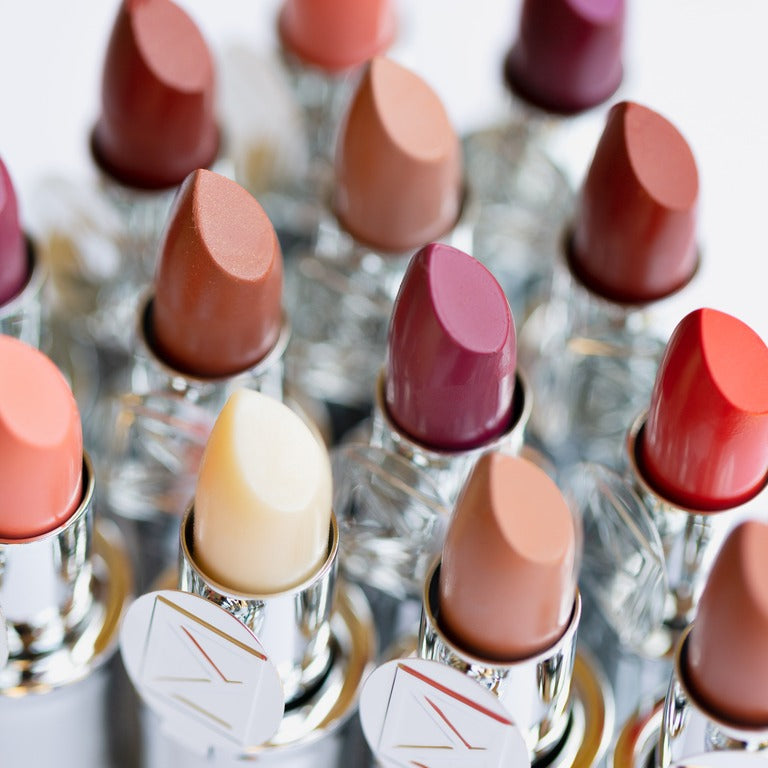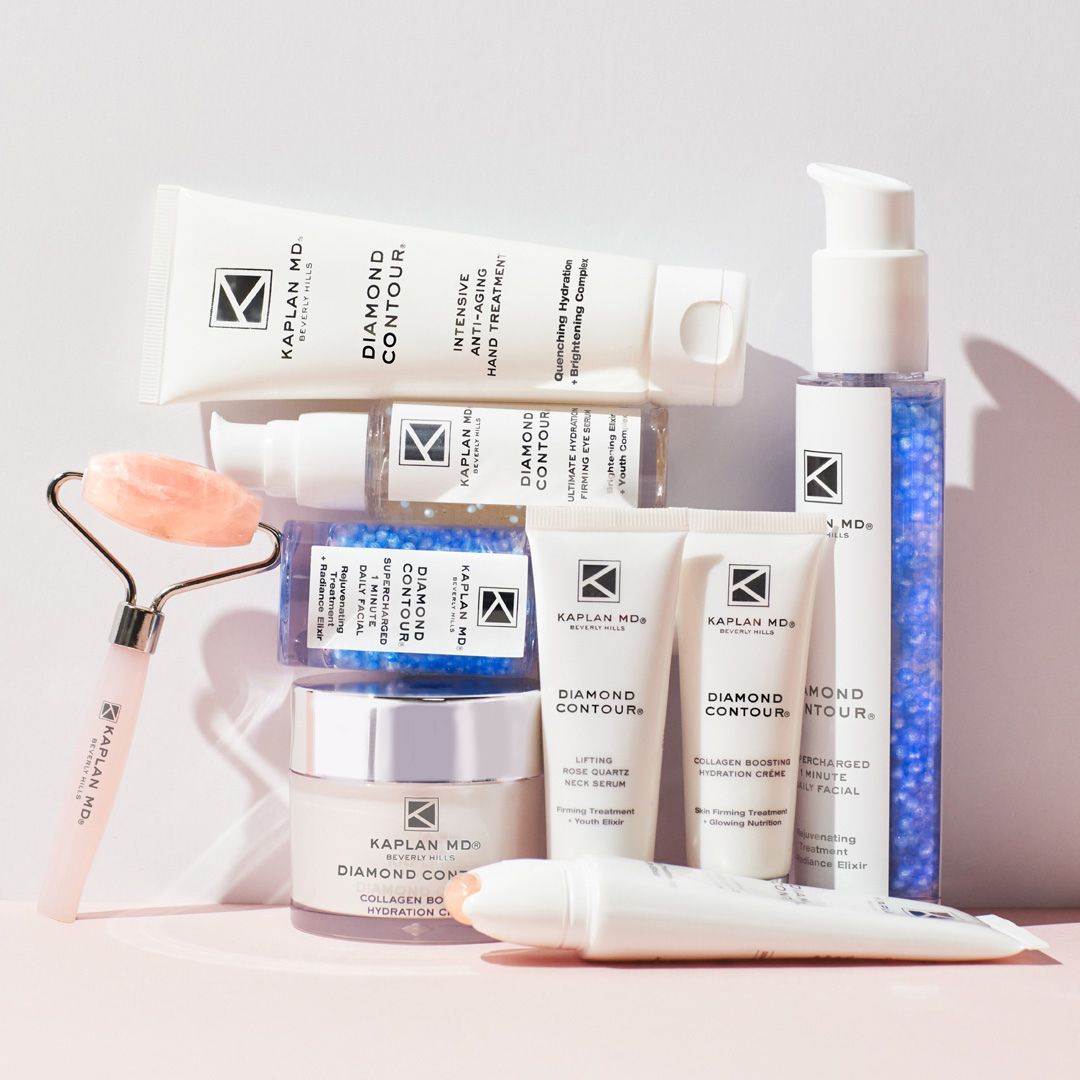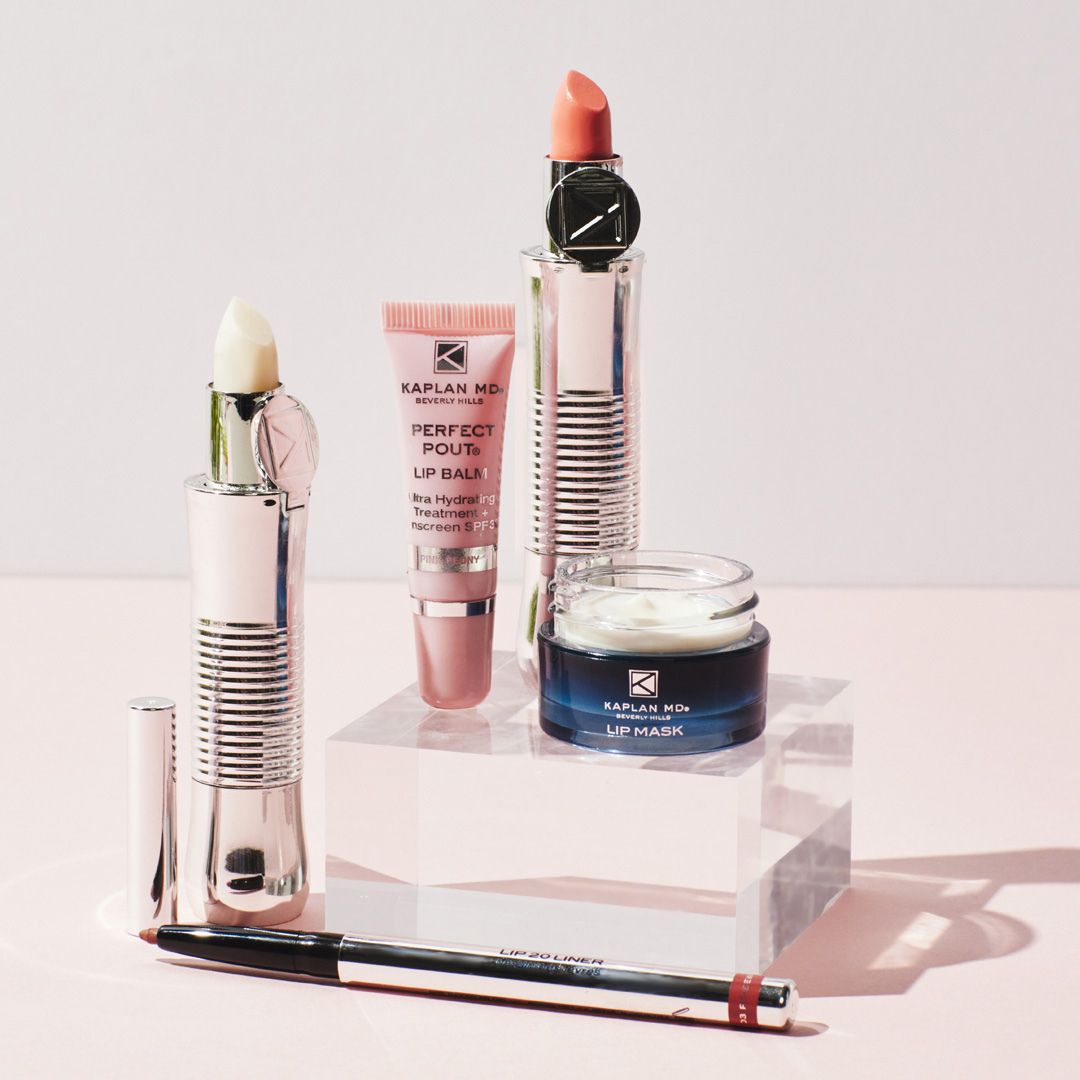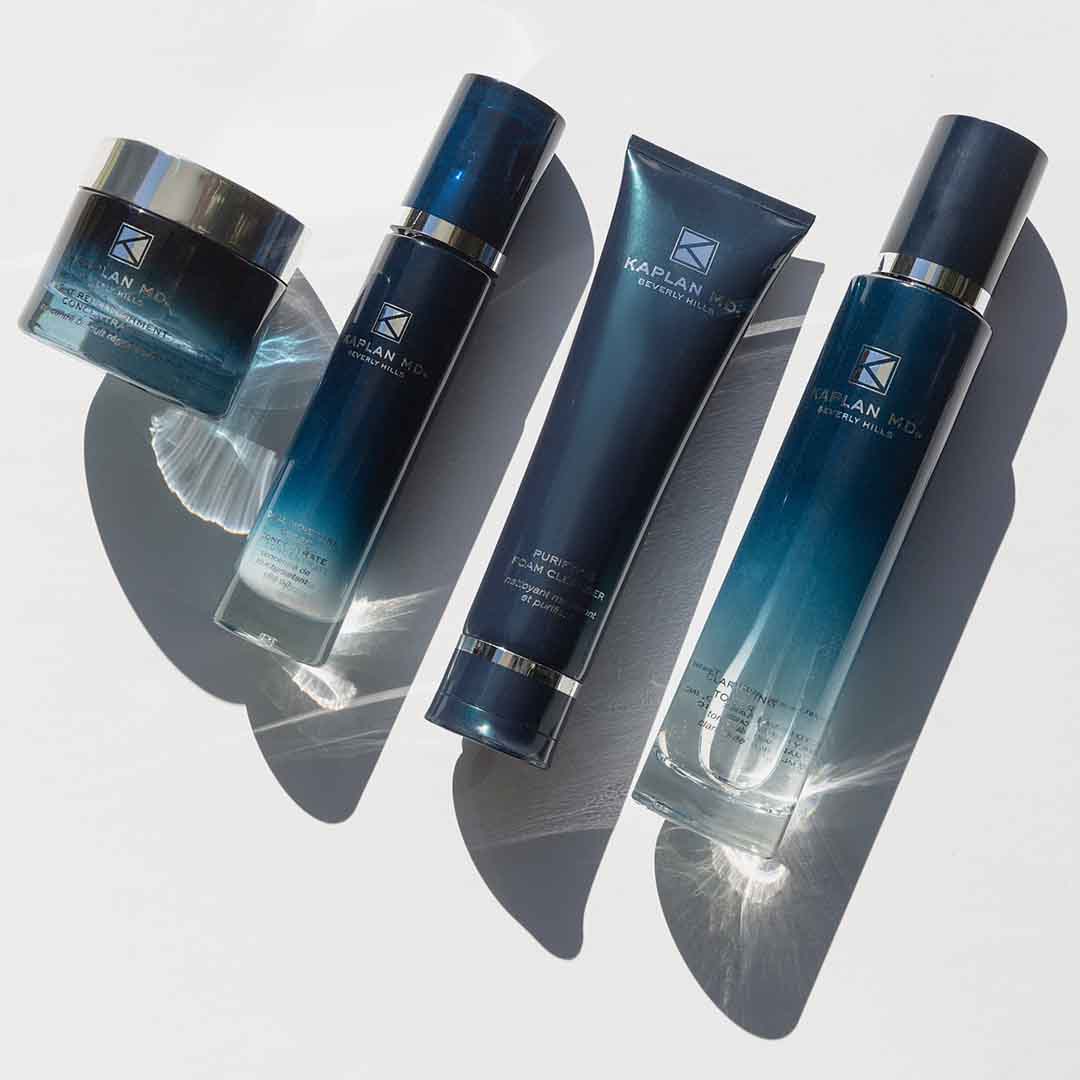Bestsellers
Collections
What Summer Does To Your Skin
June 21, 2018 4 min read
When summertime comes around, we welcome bikinis, poolside cocktails and seriously good vibes. But there are a few things the seasonal transition brings that aren't quite as fun, like MAJOR skin changes. Here are the biggies to anticipate:
1. YOU GET OILIER
Nothing beats the feeling of the sunshine’s rays kissing your skin during the hotter months, but the warm fuzzies they induce can actually mean bad news for your sebaceous glands (read: Grease City), explains Emma Hobson, Education Manager for the International Dermal Institute.
“The combination of both heat and humidity can be the trigger that causes a slight elevation in the skins oil flow.”
2. BREAKOUTS ARE MORE COMMON
An increased oil flow can also lead to more breakouts because the skin can become easily congested. This can happen because of heat and environmental factors, along with your bathroom regime (because you’re wearing extra sunscreen and might not be removing it properly).
“It’s important to remove it [sunscreen] thoroughly off the skin. Poor skin cleaning can lead to increased breakouts.”
So amp up your double cleanse game.
Along with your face potentially experiencing more breakouts, your back and chest may fall victim to pustules too, because you’re sweating more.
“These breakouts are commonly known as ‘sweat acne’ (Pityrosporum Folliculitis), this is when yeast on our skin overgrows in the follicles, and with heat and sweat the bacteria proliferates, this can result in breakouts on some peoples skin.”
3. YOU CAN FEEL DRIER
When the mercury rises, your already-dry skin can take a further beating, leaving your complexion feeling rough.
“If you're exposed to dry heat not coupled with humidity it can make the skin feel and look like a piece of parchment paper. The plumpness and dewiness disappears and the fine, dehydrated lines appear much more prominent.
That said though, if it’s more of a humid heat, your dry skin will love the moisture in the air, and it can actually improve.
4. YOUR SKIN MIGHT LACK MOISTURE
If the air is lacking humidity, your skin can lack moisture, especially when you’re sitting in air-conditioning all day.
“Both strip the skin of much-needed moisture, causing a dehydration and importantly to note an impaired barrier function. For many people this can result in not only a really parched skin but also a sensitive one too.”
5. TO HYDRATE YOUR SKIN, DRINKING WATER ISN’T ENOUGH
Consuming more H2O during summer goes without saying to keep your fluid levels up (and therefore a more hydrated, plump complexion), but what you apply on your skin can also have an effect.
“You also need to focus on two main areas a) prevention of moisture loss form the skin by having a good barrier function combined with products that repair and protect the skins barrier, and b) to use hydrating products which contain humectants, which boost and bind moisture to the surface of the skin preventing dehydration.”
Try KAPLAN MD Daily Moisture SPF 30 Concentrate
6. YOUR SWEAT GLANDS BECOME MORE ACTIVE
“Your sweat glands are more active the moment your core body temperature rises and as it’s imperative the body doesn’t overheat we need to sweat. The sweat releases water, toxins, salt and minerals to the skins surface, the sweat evaporates, and in the process of the evaporation we cool down.”
7. MORE FRECKLES CAN APPEAR
“Pigmented moles normally remain the same colour, however freckles are very susceptible to sunlight. Even mild exposure to UV rays is sufficient for them to ‘pop to the surface’.”
8. CHLORINE/SALT WATER WILL DRY YOU OUT
So salt water can dry your skin out a little, but there arebenefits to gain from a dip in the deep blue.
“Sea water and sea weed contains some amazing minerals that can help re-mineralise the skin and improve in its overall health.”
Beware though, the pool is a different story.
“Chlorine can strip the skin of its natural oils and causes it to feel dry and flaky. It can also cause an itchy rash for some people who have sensitive skin, or even an allergy to Chlorine.”
9. YOUR SKINCARE MIGHT BE IN TROUBLE
When it’s sizzling outside, things also heat up for bacteria because they love a warm environment. This means you need to be extra careful about it growing in unwanted places.
“You need to ensure your skin care products are kept in a cool, dry and if possible, a darkish place therefore removing the perfect conditions for bacteria to grow in. Ensure any cleansing tools you use be it a face cloth, or a facial brush, are kept really clean.”
To help give your tools a hygiene boost, Emma recommends adding a few drops of Tea Tree into the machine when washing your face cloth.
You should also be double cleansing every morning and night, and you might want to consider using an antibacterial cleanser if you’re susceptible to breakouts.
10. YOU CAN ACCUMULATE FURTHER UV DAMAGE
If you thought a tan was a sign of good health, think again. The deepened pigment is actually your body trying to protect itself from UV ray damage and it’s far from healthy. In fact, you’re doing some serious long-term damage.
After being exposed to UVA (aging) and UVB (burning) rays, your skin might start to appear redder and more swollen, and you can experience moisture loss.
This sends your body into protective mode and your skin cells start to thicken while producing melanin (what we see as tan) to stop the UV rays going deeper down into the skin where they can damage the DNA in our cells, explained Emma.
“When the skin is exposed to high levels of sunlight, this may result in hypo or hyperpigmentation which appears as irregular light or dark patches, these can become permanent with repeated exposure. Long term, we will also experience loss of elasticity and the breakdown of critical dermal proteins e.g. collagen, resulting in skin sagging, wrinkles and loss of skin tautness. UV damage is accumulative, resulting in premature ageing, especially with the added ‘hit’ from free radicals, which is also generated by UV exposure.”
via Cosmopolitan
Also in Beauty News & Tips

The Secret to Sculpted, Lifted Skin? It’s Simpler Than You Think
April 02, 2025 3 min read
Read MoreGet 15% Off Your First Purchase
Stay in the loop with exclusive discounts, expert skincare tips, the latest news, and more. Don't miss out on the opportunity to elevate your skincare routine and save on your favorite products.

